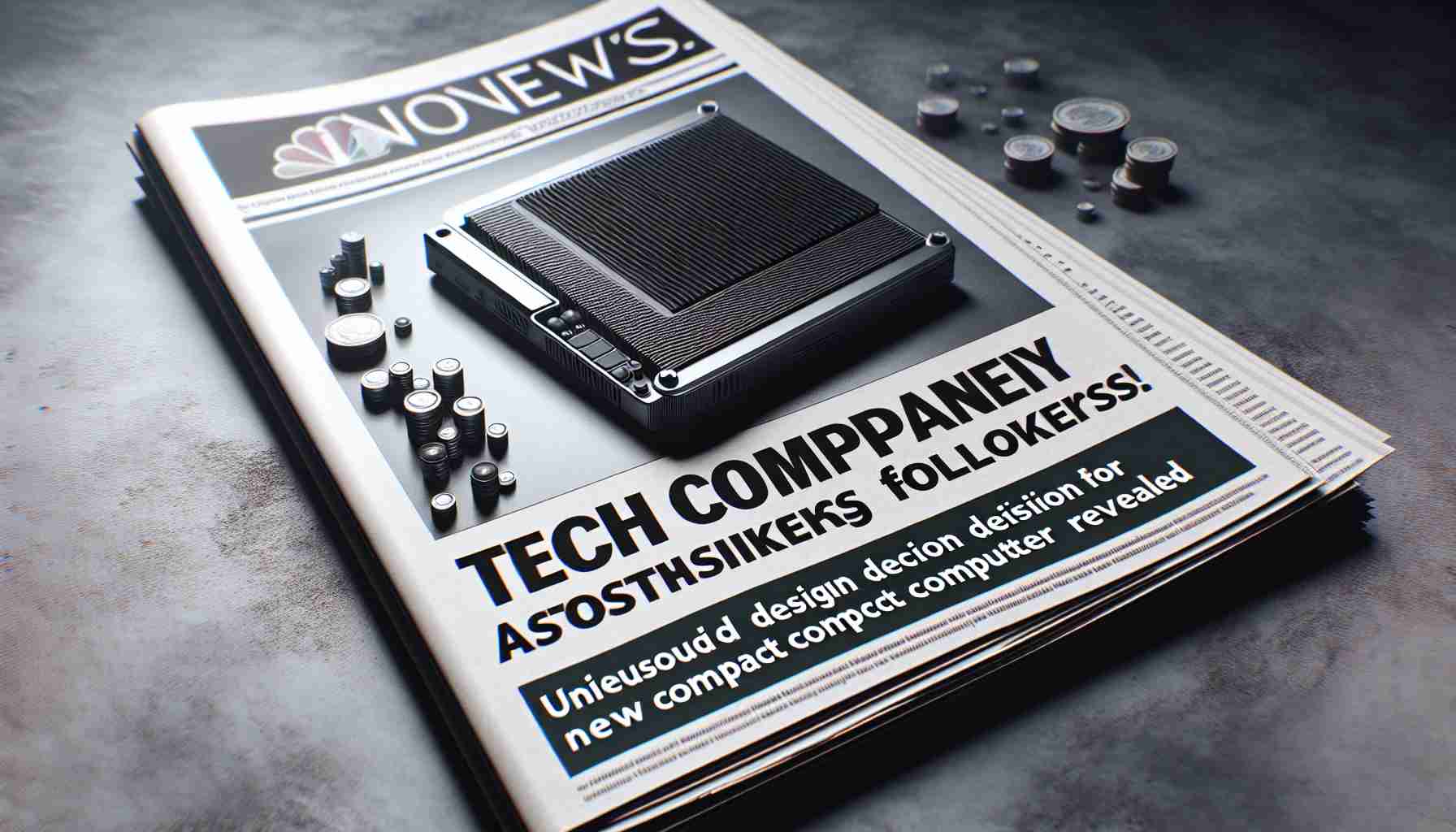The newly revealed Mac mini has turned heads this autumn, and not just for its cutting-edge M4 chip and compact design that fits in the palm of your hand. What’s garnering the most buzz isn’t the performance, but rather a surprising design choice: the power button’s location.
In a dramatic shift, Apple has placed the power button at the base of the device. This decision has raised eyebrows and provoked questions among users: Why put it there? While some tech enthusiasts are eagerly engineering solutions to access this underbelly button without lifting the device, Apple’s decision wasn’t without thought.
According to insights from an interview with Apple executives Greg Joswiak and John Ternus on a popular Chinese video platform, the reasoning is simple and deliberate. The reduced size of the new Mac mini led to reevaluating the most optimal place for the button. Most users, they explained, rarely need to use the power button at all.
Weighing around 700 grams, the Mac mini is light enough to be lifted easily when necessary. However, Apple argues that once powered on, users typically put their devices to sleep rather than fully turning them off. This renders frequent interaction with the power button unnecessary, thus justifying its placement on the base. In conversations with tech journalists at the launch event, Apple emphasized that the vast majority of Mac mini users prefer simply to utilize sleep mode—a decision that clearly influenced this unique design feature.
The Controversial Mac Mini: A Design Choice That Could Reshape Our Tech Interaction
The Curious Case of the Mac Mini’s Power Button: A Game-Changer or a Design Flaw?
The technological world has been abuzz with the unveiling of the new Mac mini, primarily due to its revolutionary M4 chip and its remarkably compact size. However, while technological advancements have always been Apple’s forte, it’s the bold decision to relocate the power button to the base of the device that has sparked a significant conversation.
This radical choice raises intriguing questions about user interaction with technology and the practical implications of such design experiments on the broader development of digital devices.
Is Convenience Being Compromised for Aesthetic? Insights and Implications
In the world of consumer electronics, design decisions can often lead to significantly transformative user experiences, both positive and negative. Apple’s decision to move the power button underneath the new Mac mini points toward an evolving philosophy about how we interact with our devices. But why cause such a stir over a button?
Advantages:
1. Streamlined Design: Moving the power button to the base contributes to a sleeker, minimalist exterior — a hallmark of contemporary tech aesthetics.
2. Encouraging Sleep Mode Usage: By making the power button less accessible, Apple nudges users toward adopting the environmentally friendly habit of using sleep mode.
Disadvantages:
1. User Inconvenience: For some users, placing the power button in a less accessible area could lead to frustrations, especially in setups where the Mac mini is difficult to lift or maneuver.
2. Inaccessibility for Quick Restarts: In situations requiring a hard restart, this design could introduce unnecessary complications or delays.
Questions Arising from This Bold Move
Why does Apple, a company known for its user-centric design ethos, choose to seemingly disregard user convenience? Apple executives argue that most Mac mini users don’t frequently need to access the power button. But are they underestimating real-world scenarios?
Could this influence future desktop designs? It remains to be seen whether this attention-grabbing move is an outlier or the beginning of a trend aiming to change how we interact with desk devices altogether.
Sparking Dialogue and Technological Evolution
While some hail this move as futuristic, others see it as a misstep in the user experience. This debate highlights a broader dialogue about balancing form and function in technology. Apple’s success may depend on how they adapt user feedback moving forward.
For further information on Apple’s product designs, visit their official site: Apple.







